Many animal welfare advocates encourage would-be adopters to focus on characteristics that are far more important than breed when it comes to choosing a dog. A new no label movement emphasizing other aspects of dogs’ personalities is changing how canines are being promoted – and it is working.
Getting to know you
In an effort to overcome the inaccurate notoriety attached to some breeds, shelters across the United State are refusing to label dogs according to the breed they appear to be. Animals who were formerly seen as undesirable because they resembled canines that are thought to be fierce are now finding willing adopters and loving homes.
Increased adoption rates are the most notable – and important – outcome of the no label movement.
For Savanna New at Florida’s Jacksonville Humane Society and a volunteer with Pets For Patriots, this is a welcome development. The shelter has been a Pets for Patriots partner since 2011, and in 2016 its Community Animal Hospital joined our veterinary partner program.
“All across the country,” she says, “perfectly gentle dogs are sitting in shelters for months on end because they ‘look like’ a breed that has a reputation for being aggressive. Dogs are like people. Each one has a totally unique personality.”
That is how Jacksonville Humane Society wants the public to view the animals in its care.
“Instead of looking at the breed,” says Savanna, “we want people to get to know the individual dog.”
The vast majority of dogs who enter shelters are mixed-breed animals – which actually means they are not any breed. Since a dog’s appearance is the result of as little as a quarter of one percent of its entire DNA, a canine that “looks like” a Pit Bull, for example, may indeed be a Labrador mix, a Pit mix, or multiple different breeds in one.
Looks can be misleading
Dogs who resemble Pit Bulls – a blanket designation used to label what are actually four different breeds of Terrier – suffer the most from this unfortunate breed labeling. In one study conducted at the University of Arizona it was found that Pit Bull-type dogs remained in a shelter over three times longer than similarly large breeds like Labradors and Boxers. The no label movement seeks to redress this wrong.
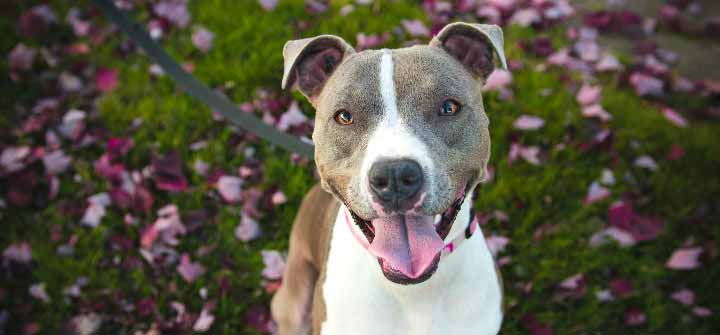
According to the ASPCA, Pit Bulls make up up more than 20 percent of the dog population in many shelters. Of the nearly four million dogs that enter such facilities each year, over 30 percent are euthanized. One can easily imagine how many of them suffer this fate solely because they are Pit Bull-lookalikes that have been in residence for just too long.
This is unfair to the dog, says Savanna, and to a potential guardian. Whatever its appearance, the animal’s other inherited genes may give it the playfulness of a Lab, the gentleness of a Pug and the stamina of an Australian Cattle Dog. And for a canine who could have become a member of a loving family, these are the characteristics that really matter.
Even for a dog whose genetic makeup shows that it really is one of the four Pit Bull breeds, people should not be unduly worried. Contrary to common prejudices, these dogs are not inherently dangerous. As with any dog, proper training from a young age can make them into gentle, obedient, friendly animals – who are great with children.
Shelter dogs suffer from breed mislabeling
Dogs are notoriously difficult to identify by their appearance.
In a study by the University of Florida College of Veterinary Medicine, dog experts were able to correctly identify the breed of an animal only one time in four. The experts in the study included veterinarians, breeders and trainers. The average shelter worker who is forced to play this kind of guessing game has an even poorer chance of getting the breed right.
This comparison of dog photos with actual DNA results and user surveys shows the glaring inaccuracy of visual breed identifications.
The companies that make computer programs for animal shelters have contributed to the problem. Until recently, most of the software required the person doing the data entry to select a breed from a drop-down list of as many as 250 choices.
Invariably, the four Pit Bull designations were on the list. More important, neither “mixed breed” nor “American shelter dog” were offered as choices. Adding to the difficulty, shelter workers who were uncertain were prohibited from skipping the question.
Removing breed labels can have a noticeable influence on adoption rates. When such information was omitted from kennel cards in one study cited in the The Veterinary Journal, 64 percent of Pit Bulls were adopted – up from 52 percent when the “negative” detail was on display. And there was a 12 percent reduction in the euthanasia of the animals. It is results such as this, not marketing or trickery, that is fueling the no breed movement.
Get to know the inner dog
The alternative to breed labeling on kennel cards and websites is actually quite simple. Staff strive to get to know the unique animal for who she is and describe her that way.
“We want potential adopters to look that individual dog in the eye, experience its friendly disposition, and fall in love with its cute ways,” says Jacksonville Humane Society’s Savanna New.
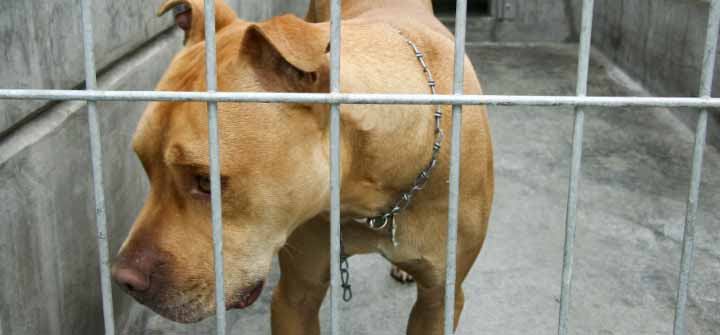
Shelter visitors considering adoption are urged to take the dog into the play yard for what Savanna calls a “meet and greet.” That way they can become acquainted with the dog, and experience first-hand its behavior and singular personality.
Getting to know the dog on an individual level is a primary goal at Jacksonville Humane Society. Details about the animal’s liveliness, sociability, and other characteristics are recorded by volunteers and staff in the dog’s computer profile. These details are relayed to people who show an interest in adopting.
Another valuable source of information is the shelter’s SleepOver Program. Potential adopters are permitted to take the animal home for a trial run to see how she gets along with the other people and pets in the household. Even if the dog is not adopted by that family, shelter personnel ask questions about this key behavioral information.
“We also learn a lot through observing a dog in play groups,” says Savanna. “We want to know whether it enjoys the company of other dogs.”
Potentially negative information is never withheld by the shelter, though it may be couched in positive terms.
A dog who might not be suitable for a home with small children, for example, may be described as more appropriate for a home with children “in middle school or above.” A dog who is extremely active may be suggested as a great partner “for people who are avid runners or bikers.”
When a family comes to Jacksonville Humane Society’s facility in search of a particular breed of dog, the staff is similarly proactive. If adopters are seeking a Labrador, for example, workers and volunteers are trained to ask why they prefer that breed. A typical response might be that Labradors are known to be good with kids and generally playful.
“When that happens,” says Savanna, “our adoption counselors know exactly what to say: ’This mixed-breed dog over here just had a sleepover with a family of eight kids. She got along great with everybody, from the baby to the teenager. And she’s also super playful. Come out into our play yard for a meet and greet.’”
No label movement changing minds – and laws
If animals are to benefit fully from the no label movement, community norms and laws need to change as well.
It is estimated that over 700 US cities have enacted breed-specific legislation, known as BSL. These are designed to prohibit the ownership of animals that are thought to be dangerous to the public. Unsurprisingly, dogs who are labeled as Pit Bulls are disproportionally targeted by BSL.
In one southern city, a person who wishes to own a Pit Bull, for example, must obtain an annual “potentially-dangerous breed” permit and a city license, as well as a window sticker that provides proof the dog has been sterilized and micro-chipped. Besides being prohibited from using an invisible fence to contain the animal, the homeowner may not own more than two “potentially dangerous” breeds at that residence.
But here too attitudes are softening.
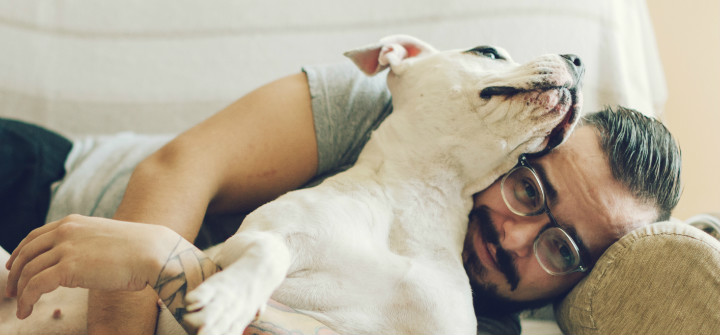
Recognizing the inherent difficulties in breed identification– and the fact that there is no convincing evidence that BSL has ever succeeded in preventing dog attacks – the ASPCA is pushing for a change to “breed-neutral” legislation. Dog owners, not the animals themselves, would be held accountable for the aggressive behavior of their pets. This is what people refer to when they encourage others to focus on deed, not breed.
And the ASPCA is not alone. Groups as diverse as the American Veterinary Medical Association, the American Bar Association, the American Kennel Club – and even the White House – condemn BSL as ineffective at promoting public safety.
The initiative appears to be having an effect. In 2016 when Arizona banned discrimination against Pit Bulls it became the 20th state to eliminate laws that forbade or otherwise regulated dogs by breed.
Yet, despite mounting evidence that breed plays at best a small role in determining an animal’s behavior, municipalities press on with poorly informed laws. Animal welfare advocates in the states watched a battle raging just across the northern border, where in December 2016 Montreal enacted a Pit Bull ban despite fierce opposition.
As people we abhor discrimination based upon our physical traits; why should we tolerate it against our four-legged companions? Jacksonville Humane Society’s Savanna New brings it all down to perspective.
“Shelter dogs everywhere will be much better off when potential adopters are offered only the basic physical details – along with the most important information of all: ‘My name is Jasper. I love chasing tennis balls, splashing in pools, and cuddling with little people of all ages.’”


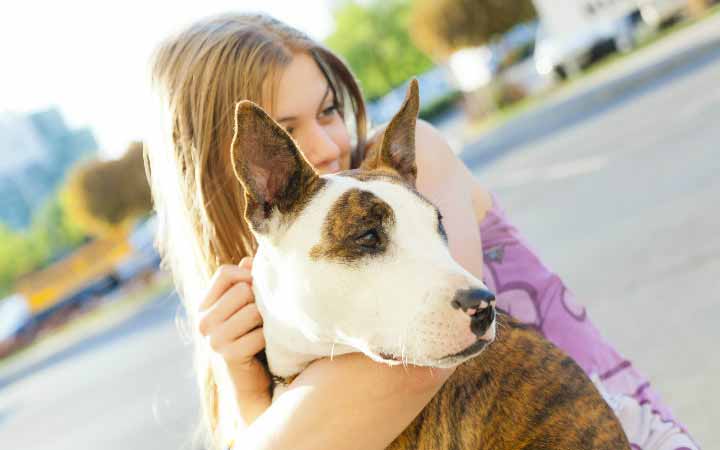

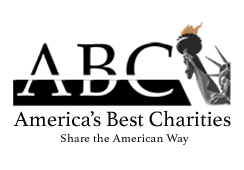
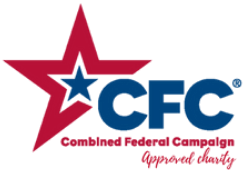

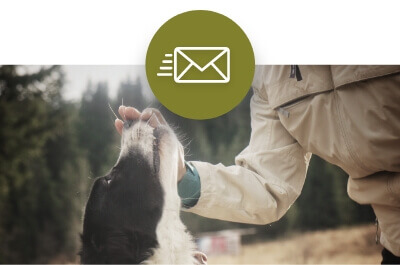
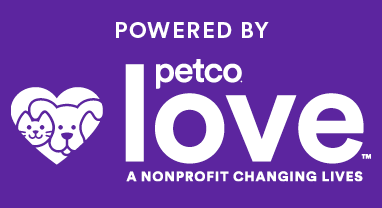
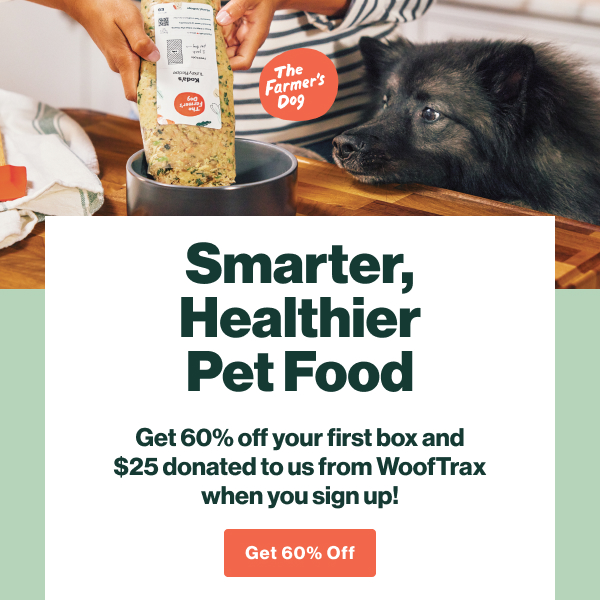
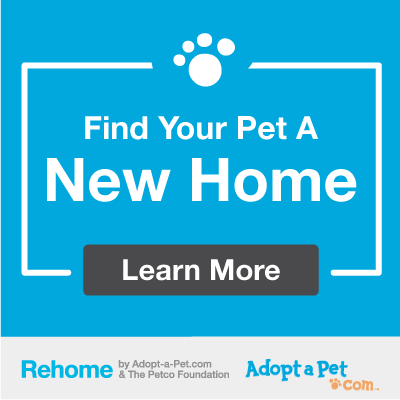
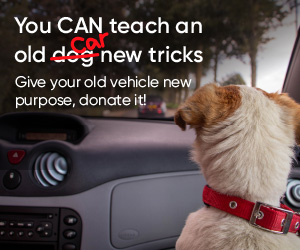
I’m glad to see this. I have more trouble with littler dogs than I ever have with bigger ones. I agree with the idea that , like humans, there are good ones and there are bad ones no matter what breed it is. It’s the training rather than the breed.
Best article ever!! I love my two rescued “pit-bull” breeds. They are perfect for our family, they are great with our now 13-month-old baby, as well as our 4 year and 2 year old nieces. Our desire to save a life brought us to adopt a puppy from a rescue shelter and 8 months later, adopt another one. We wouldn’t have it any other way!
Thanks for sharing your family’s positive experience with Pitties, Ryann – and for choosing adoption!
It’s good to start out a day with such positive feedback Mary. This article was very informative. Kudos and props to Beth and her team. 🙂
Thanks, Mary; we have a very dedicated team who care deeply about these issues. Glad you liked the article!
I love the idea of “no labels.” Dogs are awesome and there’s one out there for everyone. I love how young they make you feel when you have one. I feel six years old with my Gumby f/k/a Pedro the Goofy, at my side. He loves me and makes everything we do a “caper” – whether it’s doing household chores, watching a TV show or taking a walk outside. Gumby is a purebred American Staffordshire Terrier – one of the “pit bull” breeds. He could crush my bones with his jaws at any time – most dogs can, but he loves me so I don’t even think about that when we’re playing in the backyard. There are no bad breeds of dogs – only bad people.
So right, Mary; the only labels that should matter are the ones you use to describe how much you love your dog.